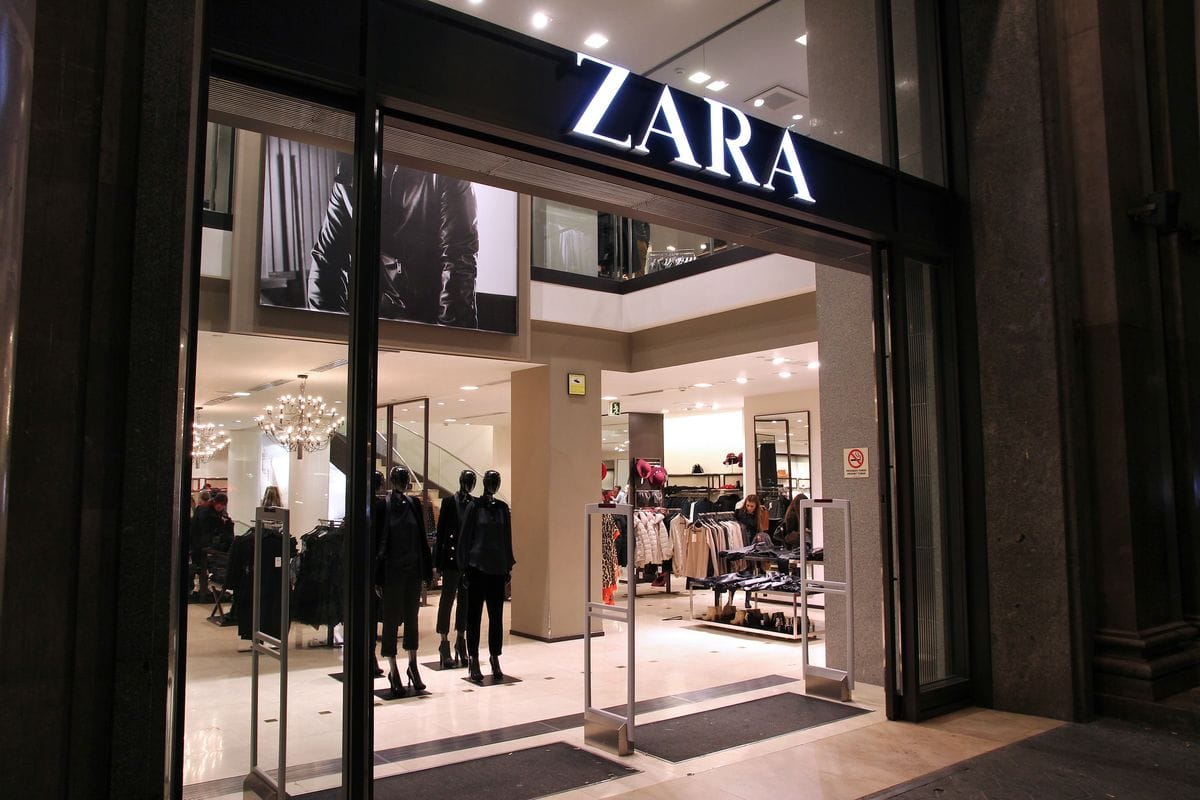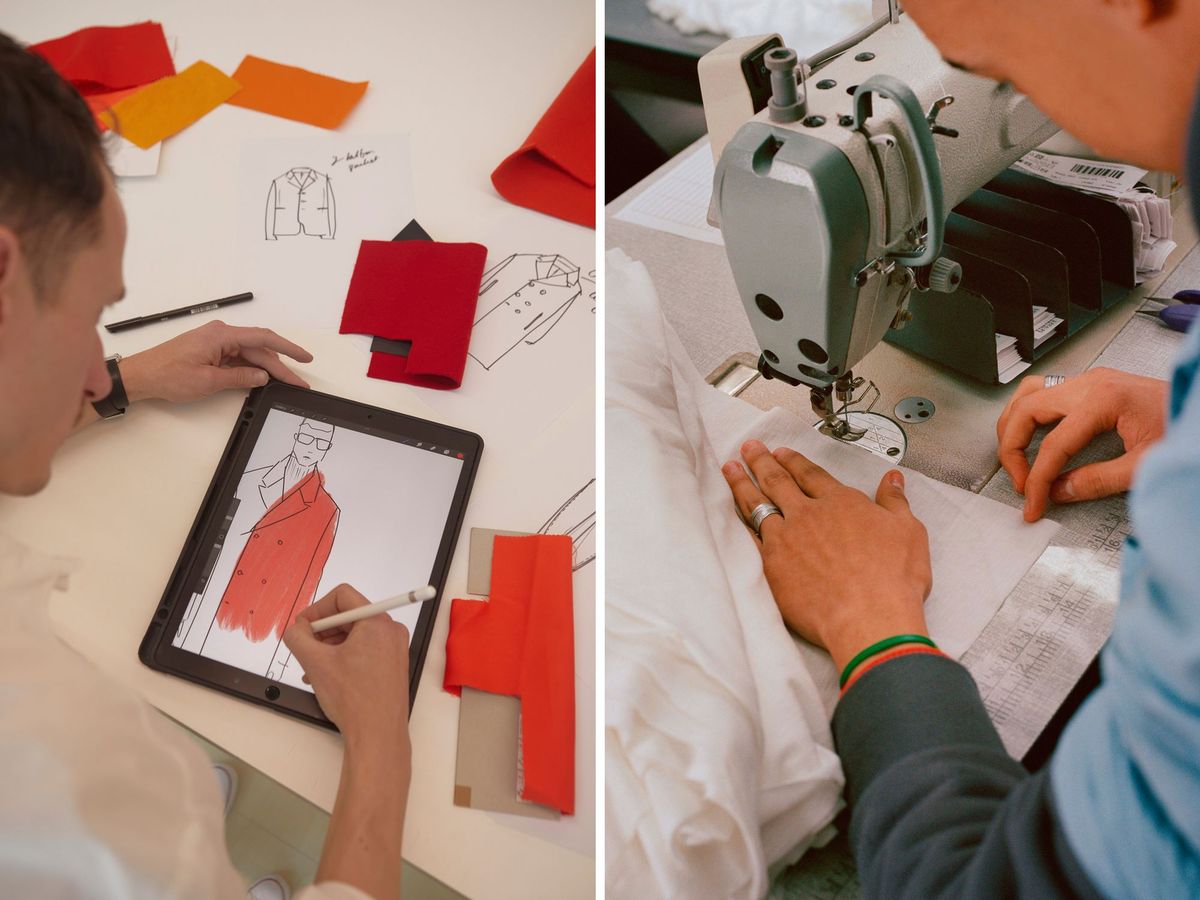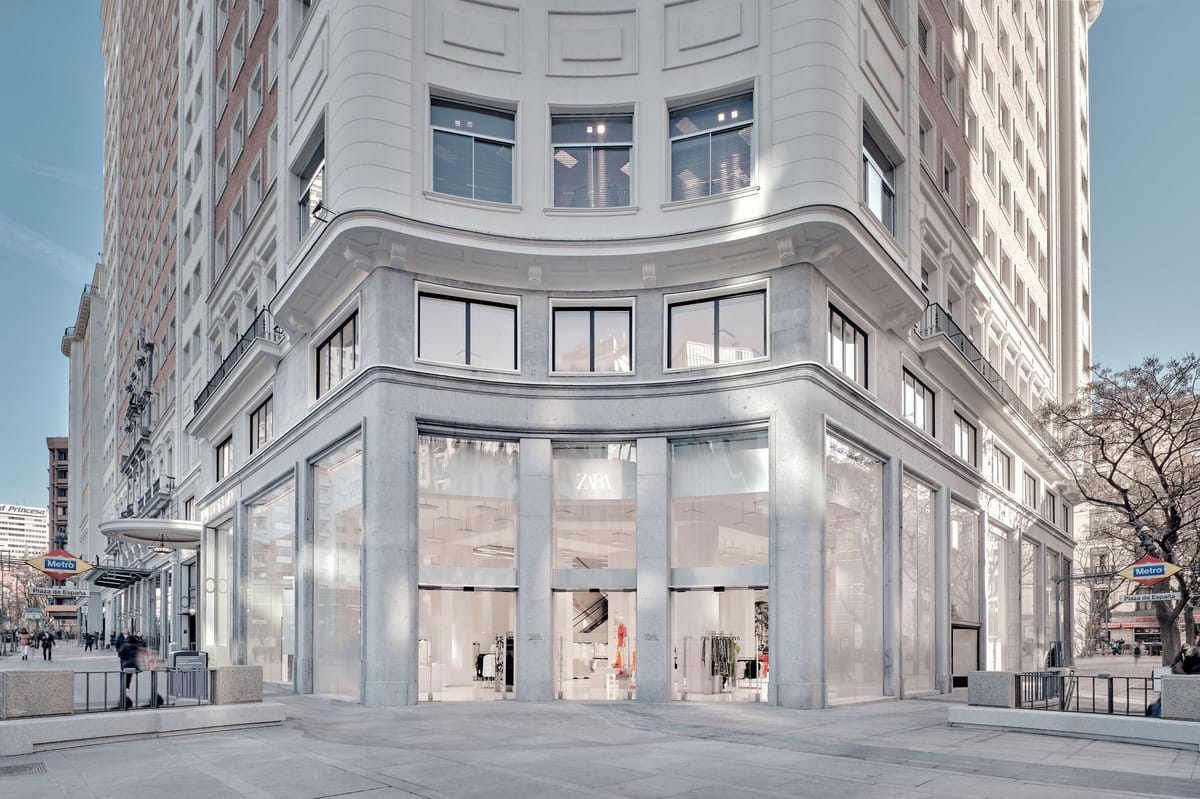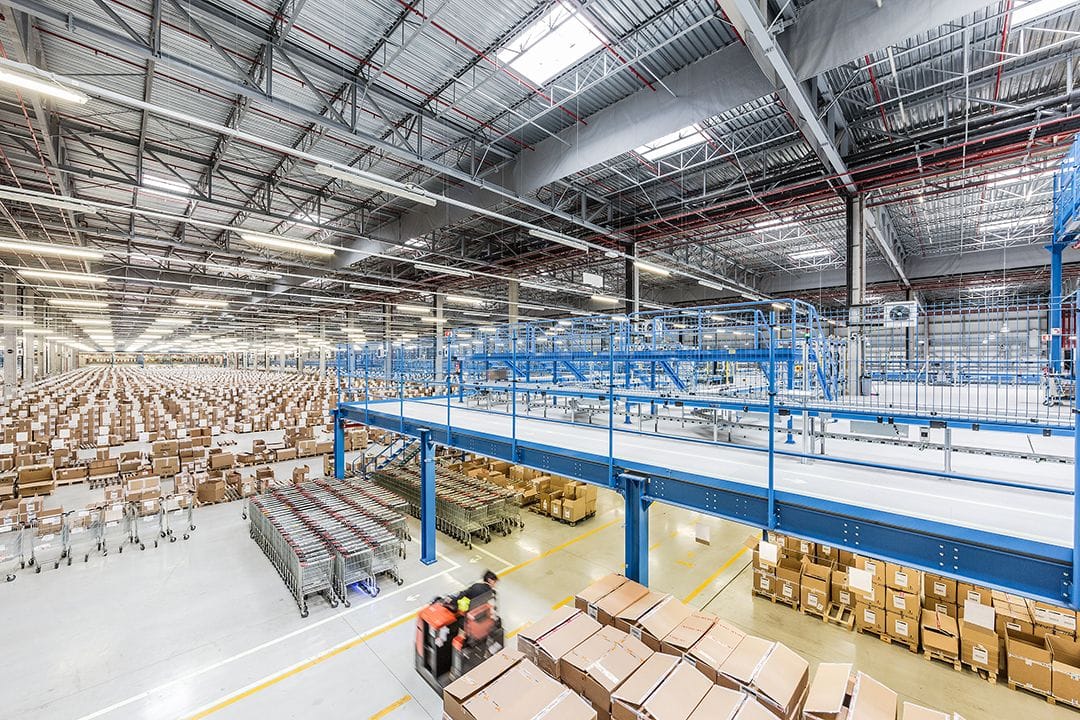Zero Inventory System Built On a Fast Fashion Strategy - Zara

Effective inventory management becomes essential as the size of a company grows. How are well-known retail brands practicing inventory management? Let’s explore inventory management best practices used by the brands that have demonstrated exceptional expertise in this area. The first retail brand to be introduced is Zara, a fashion brand that has achieved great success through strategic production and inventory management.

Zara's Fast Fashion Strategy Leading to Growth
Zara, enjoying global popularity, is a SPA (Specialty Store Retailer of Private Label Apparel) brand of INDITEX, one of the world's largest fashion retail groups. Zara joined the ranks of popular fashion brands with a fast fashion strategy, quickly progressing from design to production, distribution, and sales in response to changing fashion trends.
Zara stores worldwide sell more than 11,000 products each year. Designing and producing new items every two weeks is a part of Zara's operational strategy. This is a much faster pace than competitors, which typically start making new items no less than two months apart.
Zara thoroughly analyzes consumer demand through big data and discovers trendy fashion designs. Clothing designers immediately work on designing the product. Within 4 to 6 weeks, the design sketch transforms into beautiful clothing and is displayed in physical stores. Such a swift production process is possible since Zara sources fabrics in bulk for its in-house sewing and dyeing operations.

Boost Sales and Reduce Excess Stock with Short Production Cycles
Consumers prefer shopping at Zara, where they can quickly encounter trendy clothing products. However, continually releasing new products means not maintaining a high inventory of existing products. As a result, sometimes popular items sell out quickly, leaving some customers unable to purchase them. However, Zara does not take measures to substantially increase stock to meet consumer demand. Why is this?
Because consumers, aware of the short production cycle, have a strong motive to grab attractive items before they run out. Since product designs change frequently, consumers tend to visit physical stores more often than online shopping to quickly check new items. By maintaining low inventory levels and short production cycles, Zara has created loyal customers who frequent their stores. In fact, consumers visiting Zara stores in Spain visit them approximately five times more frequently than competing brands. Because of this, Zara does not have to worry about losing customer trust even without stock.

Thanks to strategic production and sales strategies, about 90% of Zara’s products are sold at list prices. Because it's rare for an excess stock to remain, there are hardly any cases where products have to be disposed of at a significant discount, and unnecessary inventory storage costs are not incurred. Unlike general fashion brands that spread out clothes on store shelves and run constant discount events, this is why it's not easy to see discount events at Zara stores.
Zara's JIT System Eliminates Inventory Issues
Zara, with its short production cycle, places orders with suppliers on a weekly basis, unlike competitors that place monthly orders. Zara creates various samples from one fabric and adjusts the production quantity according to consumer demands and sales trends. Because the order cycle is short and productions reflect consumer demand in real-time, unfortunate incidents caused by excessive or insufficient inventory are rare. Zara is a brand that has integrated a well-established JIT (Just in Time) system, which pursues a possible state of zero inventory by producing only as much as needed. The JIT system is a representative inventory management model that minimizes waste of inventory and optimizes costs.

Zara does not stop here and makes extra efforts to quickly procure raw materials from global suppliers. Zara has established a highly automated logistics center using the Internet of Things and machine learning technologies and equipped facilities such as underground tunnels and monorails to further shorten the delivery time of raw materials. It also uses the same distribution management system as suppliers to comprehensively manage the entire process from supply and production to sales.
Products produced through such a systematic process move to Zara stores around the world in just a few days. You can meet new products produced in Spain shipped to your country in as little as two days, thanks to this system.
We've taken a close look at Zara's inventory management system, which stands out in the fashion industry for its dynamic production strategy aligned with trends and its real-time supply chain system. Despite being a fashion powerhouse, Zara has achieved a remarkable zero inventory system by promptly addressing customer demands and averting surplus inventory challenges. This same principle applies to small and medium-sized businesses (SMBs), enabling swift decision-making and a more agile response to consumer needs, effectively preventing excess inventory issues.
While Zara's operations are on a large scale, small and medium-sized businesses (SMBs) can glean insightful lessons from its effective inventory practices and implement them to enhance their operational efficiency. For a similar approach, consider exploring BoxHero—an inventory management solution tailored for SMBs. By adopting BoxHero, businesses can elevate their inventory management practices, promote seamless operations, and ultimately improve their overall business performance. Take the opportunity to experience BoxHero today and witness the positive impact it can have on your operations!


